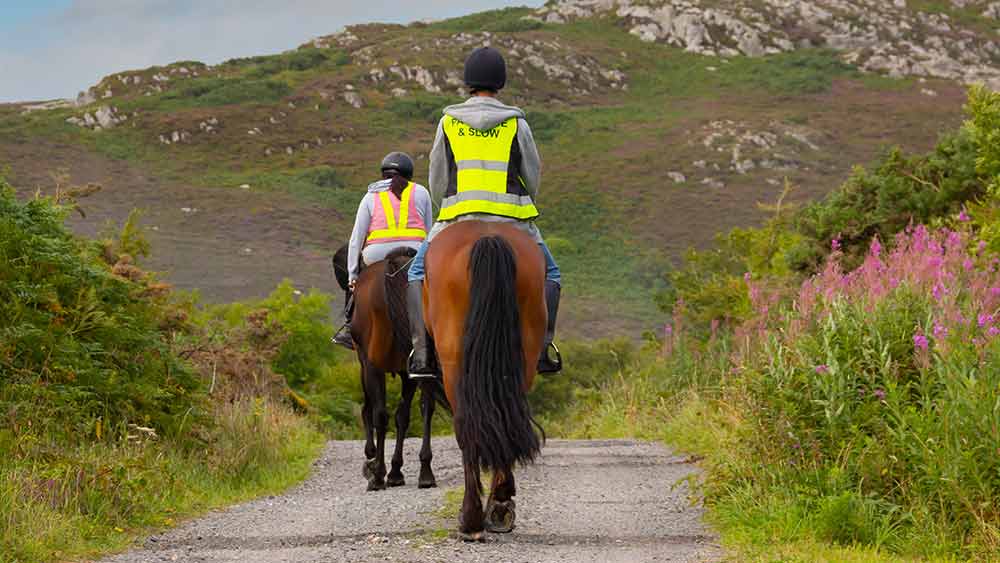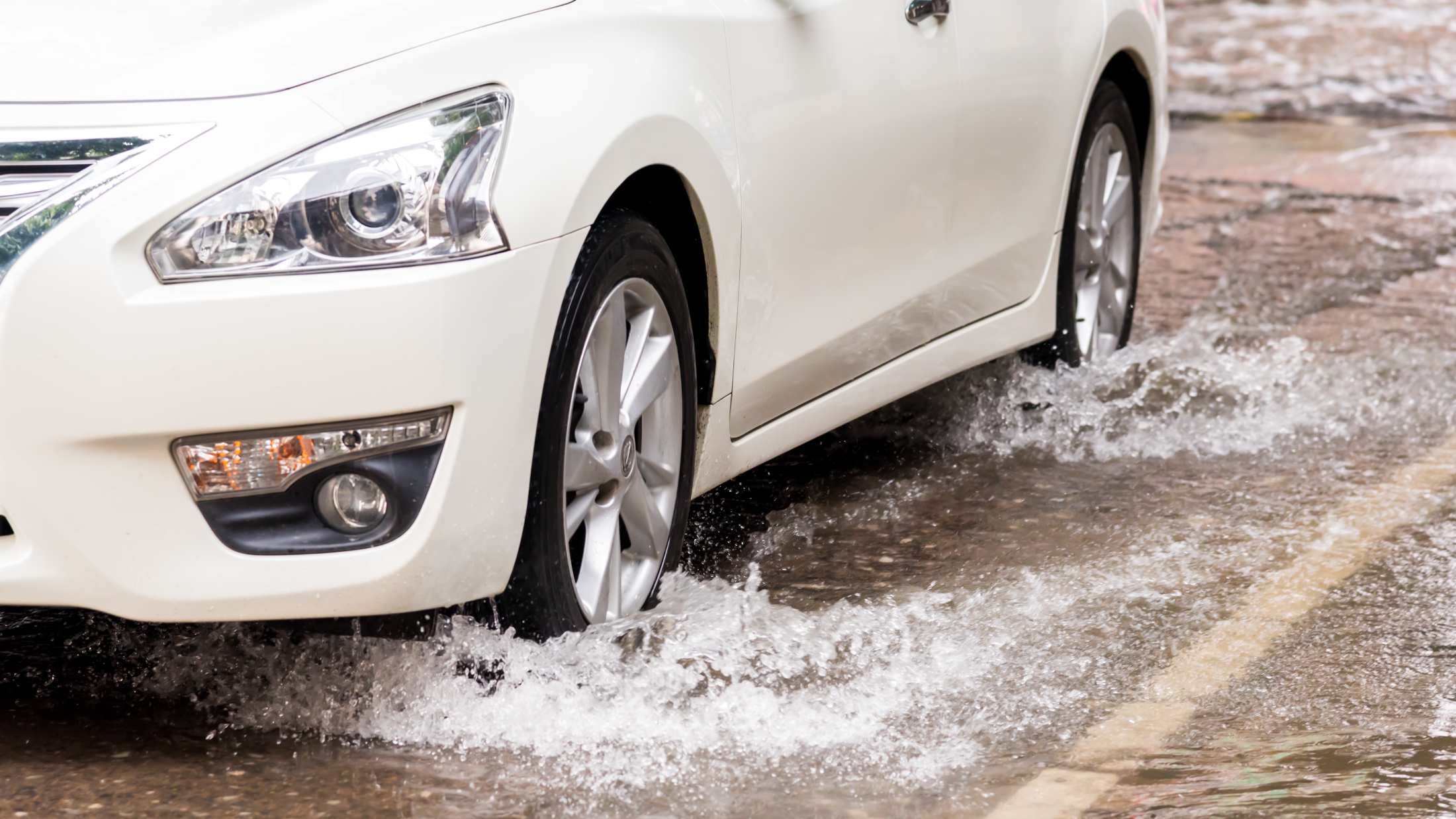You may find yourself a little nervous driving down country lanes. With narrow roads and blind turnings, it’s can be stressful for even the most experienced of drivers. Unsurprisingly, accidents are very common on these types of road. However, there’s plenty that you can do to stay safe. In this guide, we’ll go through the common dangers and tips for staying safe on country roads.
What to know about country roads
Country roads are unique. They aren’t designed for heavy traffic, and come with hazards you won’t find elsewhere. From uneven road surfaces to slow-moving vehicles, you’ll need to keep your wits about you while you’re driving down them.
Don’t be surprised if you see the odd flock of sheep or herd of cattle crossing the road either. There’s also the chance of running into a deer as you’re travelling down these roads. Collisions with larger wildlife can be serious, so be prepared to see them whilst driving.
You’re also more likely to see horse riders and cyclists on country roads. These road users are particularly vulnerable, as fast-moving vehicles can easily cause accidents. You’ll also want to be on the lookout for motorcyclists and other vehicles.
Finally, make sure to keep an eye on for pedestrians. As most country roads are narrow, it’s likely you’ll see people walking down these roads. From dog walkers to young children, you can never quite be certain of what you’ll discover as you turn the next corner, so make sure you’re focused on the road at all times.

Country road speed limits
Despite their winding paths and blind corners, the speed limit on country roads can be up to 60mph. However, this can vary; you should pay particular attention to any signs indicating a lower speed limit. Additionally, you should aware of any road markings, pedestrian crossings and junctions, where the speed limit will probably be reduced. Many country roads also lead into small villages and towns, where the speed limit will most likely be 30mph.
However, we really recommend that you don’t drive that fast. As we’ve already mentioned, there are plenty of additional hazards you need to be aware of. You should adapt your driving to the type and condition of road you’re on. When driving down country roads, you should consider the following:
- Don’t treat speed limits as a target. In many situations, it’s not safe to drive at the maximum speed limit.
- Take the road and traffic conditions into account. This means you should be prepared for unexpected or difficult situations, and adjust your speed as a precaution.
- Where there are junctions, be prepared for other road users.
- In side roads and country lanes look out for unmarked junctions where nobody has priority.
- Be prepared to stop at traffic control systems, road works, pedestrian crossings or traffic lights.
- Try to anticipate what pedestrians and cyclists might do. If pedestrians, particularly children, are looking the other way, they may step out into the road without seeing you.
It’s worth slowing down that little bit more if you’re unfamiliar with the road. Sharp corners can seemingly appear from nowhere, oncoming traffic may block up the road and you need to be ready to give way if needed. Instead, we recommend taking it slow, so you have enough time to react to anything you see while driving.
How to stay safe on country roads
We’ve already mentioned two of the most important things you can do while driving on a country road: slowing down and being hyper-aware of your surroundings.
You should also avoid overtaking unless you absolutely have to. With tight bends, blind corners and hills getting in the way of your view, trying to overtake can be dangerous. If you find yourself behind horse riders or cyclists, only overtake when you have a clear view of the road in front of you and in the case of horses do not sit right behind them while you are waiting. In these situations, be sure to overtake slowly, leave plenty of room between yourselves and other road users including after you have passed them and be prepared to abandon overtaking if necessary. If you happen to get caught behind a tractor, it’s unlikely it will stay on the road for long, before it turns off into a field. In most situations, tractor drivers will pull over when they have a chance to let you through.
If you’re driving down a country road at night, make sure you use your headlights. Keep your lights on high-beam where you can so you can see what’s in front of you. Only dip them when there’s other traffic, pedestrians or livestock on the roads.
Finally, if the weather takes a turn while you’re on a country road, slow down a little bit more. Country roads aren’t maintained as well as other roads, and it’s common for these types of roads to become flooded when it rains. Larger puddles can also hide potholes which can damage your car. Where it’s safe to, try your best to slowly drive around these puddles. If you’re able to get off the country road, even better.
Country roads can throw up all kinds of problems. However, these tips should help you stay safe. Just remember to take it slow, be aware and be careful of any potential hazards. With AXA car insurance, you’re covered for accidents on country roads in the exact same way as any other. So, if you do unfortunately have an accident, AXA are here to help.












